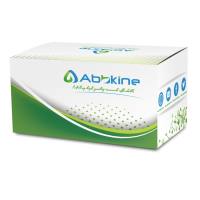Detection of Neisseria meningitidis, Streptococcus pneumoniae, and Haemophilus influenzae in Blood and Cerebrospinal Fluid Using Fluorescence-Based PC
互联网
互联网
相关产品推荐

Recombinant-Neisseria-meningitidis-serogroup-B-Undecaprenyl-diphosphataseuppPUndecaprenyl-diphosphatase EC= 3.6.1.27 Alternative name(s): Bacitracin resistance protein Undecaprenyl pyrophosphate phosphatase
¥11214

CheKine™ PC活性检测试剂盒(微量法)
¥1358

SIRPA/SIRPA蛋白Recombinant Human Tyrosine-protein phosphatase non-receptor type substrate 1 (SIRPA)重组蛋白Brain Ig-like molecule with tyrosine-based activation motifs蛋白
¥1344

γ-氨基丁酸试剂盒,用于样本中GABA含量检测,微量法,GABA Content Detection Kit
¥358

P试剂盒,用于样本中血磷浓度检测,Blood Phosphate Assay Kit
¥169
推荐阅读
Detection of Penicillin Resistance in Streptococcus pneumoniae by a Seminested PCR Strategy
Analysis of Bacterial Glycolipids by Capillary Electrophoresis-Electrospray Mass Spectrometry: Haemophilus influenzae and Neisseria meningitidis Lipop
Invasion of the Central Nervous System by Neisseria meningitidis

